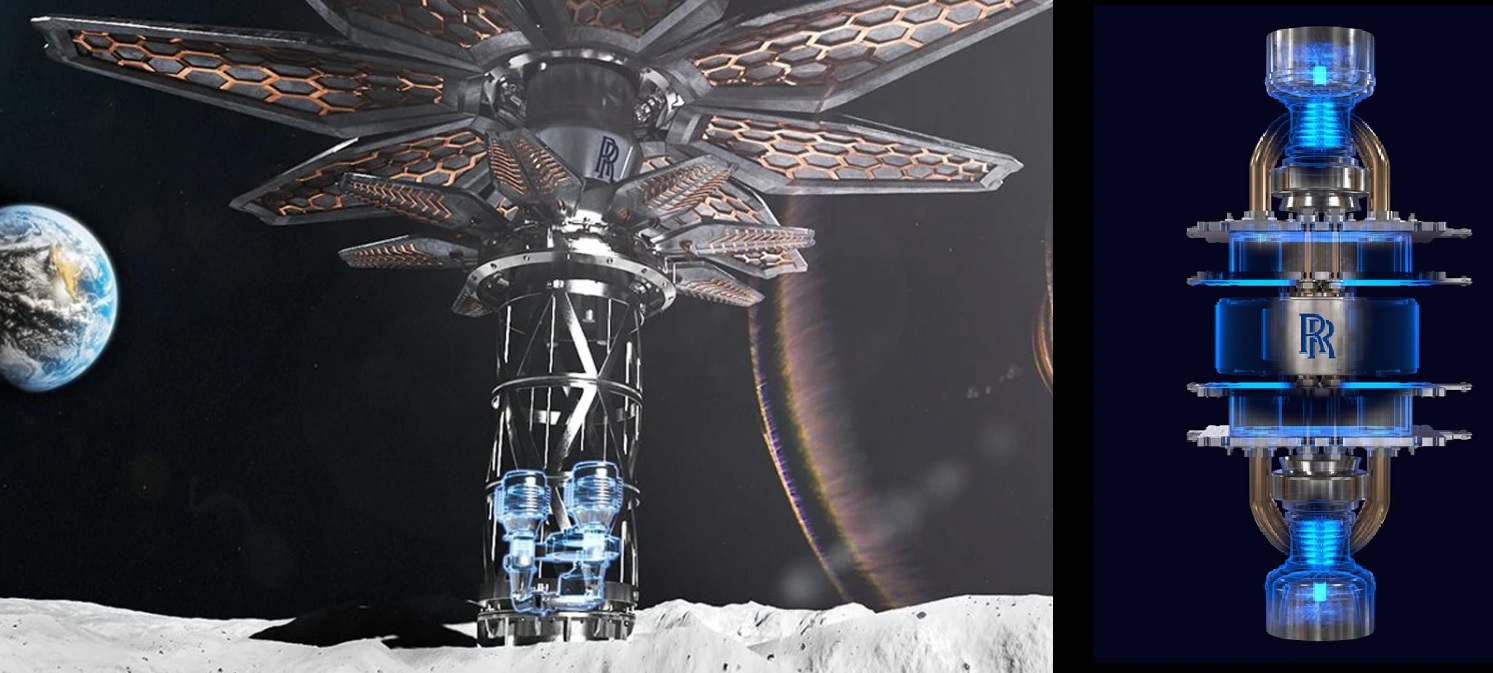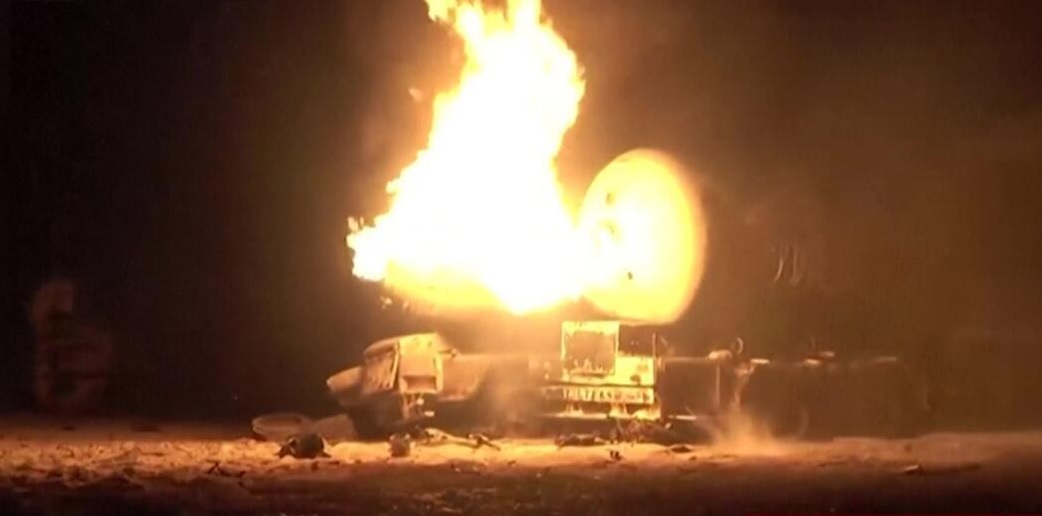Rolls-Royce Unveils a concept Nuclear Reactor that could one day Power a Colony on the Moon

At the 2023 UK Space Conference in Belfast, Rolls-Royce has presented a groundbreaking concept—a micro nuclear reactor designed for lunar deployment.
Rolls-Royce has unveiled plans for a miniature nuclear reactor intended for lunar exploration. This pioneering project, supported by a £2.9 million contract from the UK Space Agency, aims to supply a reliable power source for future moon colonies inhabited by astronauts. The company envisions having a functional reactor ready by the early 2030s.
The Space Micro-Reactor Concept Model, showcased at the UK Space Conference in late November, highlights Rolls-Royce commitment to advancing space technology. Abi Clayton, the director of future programs at Rolls-Royce, emphasized the technology potential benefits for both space missions and Earth.
The project, supported by a substantial government contract, signifies the importance placed on developing a dependable energy solution for lunar colonies. Rolls-Royce foresees the completion of the micro nuclear reactor within the next six years, with plans to dispatch it to the moon in the early 2030s.
Micro nuclear reactors represent a promising energy source for sustained lunar habitation. Unlike conventional power plants generating electricity for terrestrial grids, these scaled-down stations produce less than 50 megawatts of electric power. The design principles, however, align with their full-scale counterparts—nuclear fuel decay generates heat, driving turbines or other heat-based systems to produce electricity.
With various space agencies, including NASA, targeting moon missions within the next decade, the need for a reliable energy source becomes crucial. The long-term objective involves establishing lunar colonies to support extended astronaut stays, necessitating infrastructure for day-to-day activities such as drilling, heating, and charging rovers.
While solar energy remains an option, its reliability is compromised by lunar conditions such as dust obscuring solar panels and the inability to power shaded areas. In contrast, a small nuclear reactor offers a consistent and reliable energy supply.
Rolls-Royce is not alone in the pursuit of miniature reactors for space applications. In 2022, NASA awarded contracts to Lockheed Martin, Westinghouse, and IX for the development of preliminary designs for a 40-kilowatt class nuclear fission power system. These systems are expected to endure for at least 10 years in the lunar environment.
NASAs previous endeavor, the Kilopower Reactor Using Stirling Technology (KRUSTy), demonstrated the feasibility of small-scale nuclear fission power systems sustaining lunar colonies. The success of KRUSTy prompted NASA to collaborate with private firms to further refine and develop their own designs.
As technology advances to enhance lunar infrastructure, the overarching goal is to extend these capabilities to more distant destinations, with Mars being a potential next frontier. Todd Tofil, the Fission Surface Power project manager at NASA Glenn Research Centre, sees these innovations as stepping stones toward future missions to Mars.



